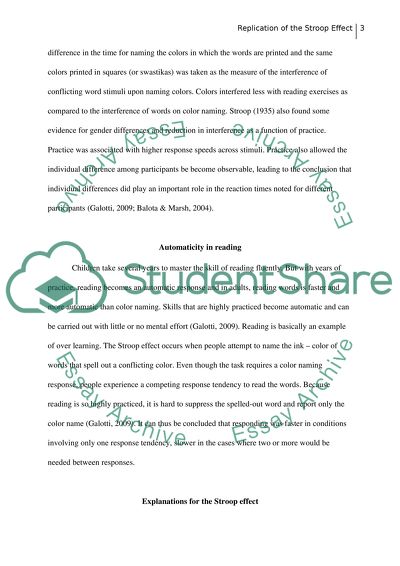Cite this document
(“The Stroop Experiment---- Research Paper Example | Topics and Well Written Essays - 2000 words”, n.d.)
Retrieved from https://studentshare.org/psychology/1472106-the-stroop-experiment-
Retrieved from https://studentshare.org/psychology/1472106-the-stroop-experiment-
(The Stroop Experiment---- Research Paper Example | Topics and Well Written Essays - 2000 Words)
https://studentshare.org/psychology/1472106-the-stroop-experiment-.
https://studentshare.org/psychology/1472106-the-stroop-experiment-.
“The Stroop Experiment---- Research Paper Example | Topics and Well Written Essays - 2000 Words”, n.d. https://studentshare.org/psychology/1472106-the-stroop-experiment-.


